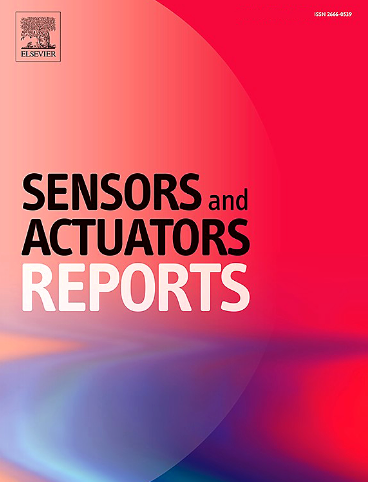芯片上电化学基因传感器:在病原体早期诊断中的应用
IF 7.6
Q1 BIOTECHNOLOGY & APPLIED MICROBIOLOGY
引用次数: 0
摘要
电化学基因传感器已成为病原体早期诊断的有力工具,具有灵敏度高、反应时间快、成本低、易于适应护理点应用等优点。本文综述了crispr - cas集成电化学系统、新型纳米材料结构和无标记检测机制的最新进展。关键的创新包括各向异性金纳米结构,具有优异导电性的MXene复合材料和聚(邻氨基酚)薄膜,这使得对细菌和寄生虫等病原体的原子摩尔检测限制成为可能。我们评估了基于DNA杂交的方法,强调了信号放大策略的创新,如跳跃滚动圈放大和自组装单层,它们解决了复杂矩阵中的特异性挑战。此外,我们强调了电化学基因传感器与微流控平台的集成,包括自动化的样品到答案工作流程和多路检测架构,这解决了传统的实验室瓶颈。通过对材料科学、生物受体设计和微流体自动化方面的进展进行编目,这项工作为研究人员推进快速、便携式病原体诊断的前沿提供了一个全面而集中的资源。此外,我们还探索了这些技术的商业潜力,为临床和环境应用的高灵敏度、可现场部署的生物传感器的开发提供了指导。本文章由计算机程序翻译,如有差异,请以英文原文为准。

Electrochemical genosensors on-a-chip: Applications in early diagnosis of pathogens
Electrochemical genosensors have emerged as a powerful tool for the early diagnosis of pathogens, offering advantages such as high sensitivity, rapid response times, low cost, and easy adaptability for point-of-care applications. This review highlights recent advancements in CRISPR-Cas-integrated electrochemical systems, novel nanomaterial architectures, and label-free detection mechanisms. Key innovations include anisotropic gold nanostructures, MXene composites with exceptional conductivity, and poly(ortho-aminophenol) films, which enable attomolar detection limits for pathogens such as bacteria and parasites. We evaluate DNA hybridization-based approaches, emphasizing innovations in signal amplification strategies such as saltatory rolling circle amplification and self-assembled monolayers, which address specificity challenges in complex matrices. Additionally, we highlight the integration of electrochemical genosensors with microfluidic platforms, including automated sample-to-answer workflows and multiplexed detection architectures, which address traditional laboratory bottlenecks. By cataloging advancements in material science, bioreceptor design, and microfluidic automation, this work provides a comprehensive yet focused resource for researchers advancing the frontiers of rapid, portable pathogen diagnostics. Furthermore, we explore the commercial potential of these technologies, providing insights that could guide the development of highly sensitive, field-deployable biosensors for clinical and environmental applications.
求助全文
通过发布文献求助,成功后即可免费获取论文全文。
去求助
来源期刊

Sensors and Actuators Reports
Multiple-
CiteScore
9.60
自引率
0.00%
发文量
60
审稿时长
49 days
期刊介绍:
Sensors and Actuators Reports is a peer-reviewed open access journal launched out from the Sensors and Actuators journal family. Sensors and Actuators Reports is dedicated to publishing new and original works in the field of all type of sensors and actuators, including bio-, chemical-, physical-, and nano- sensors and actuators, which demonstrates significant progress beyond the current state of the art. The journal regularly publishes original research papers, reviews, and short communications.
For research papers and short communications, the journal aims to publish the new and original work supported by experimental results and as such purely theoretical works are not accepted.
 求助内容:
求助内容: 应助结果提醒方式:
应助结果提醒方式:


